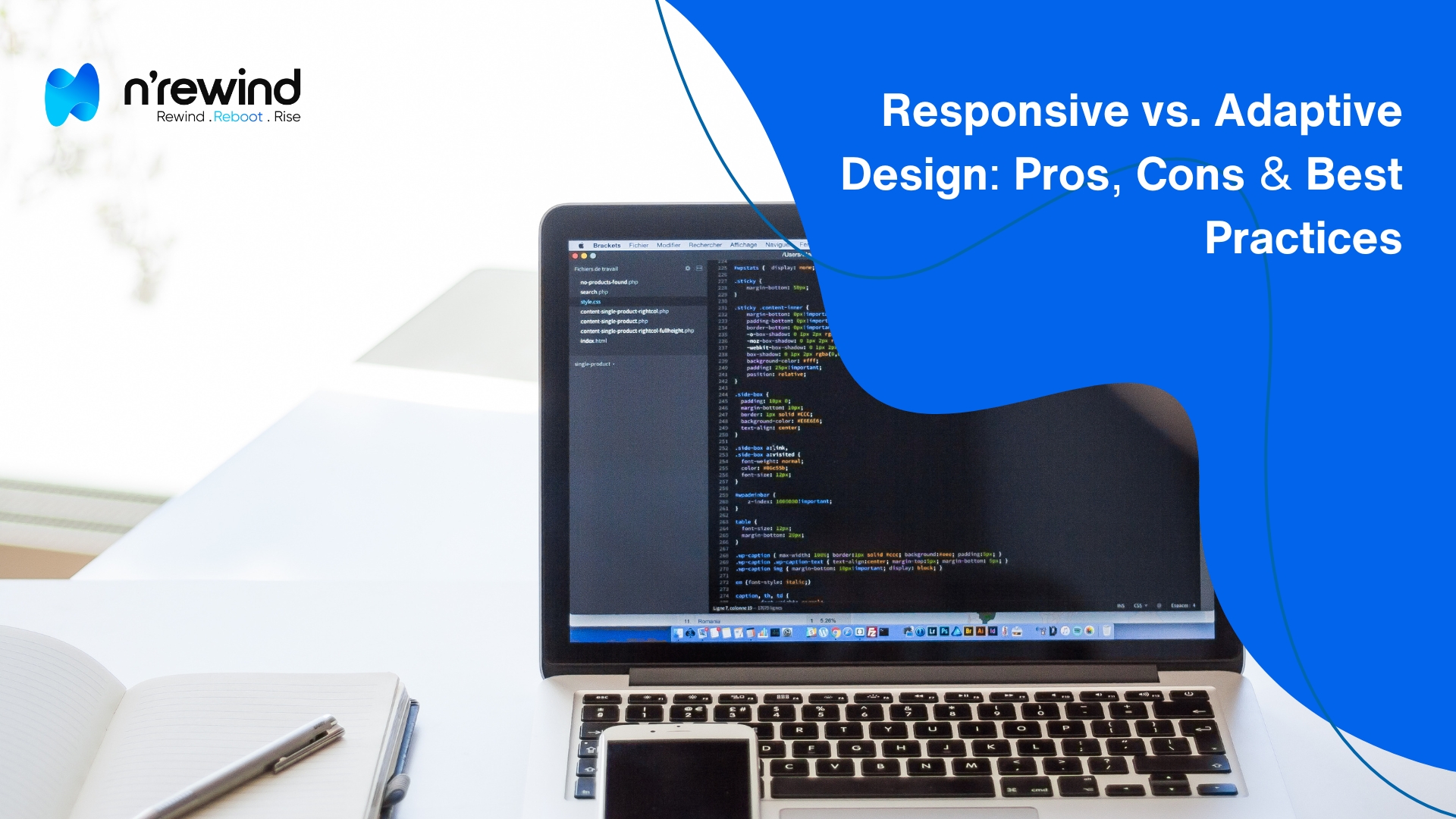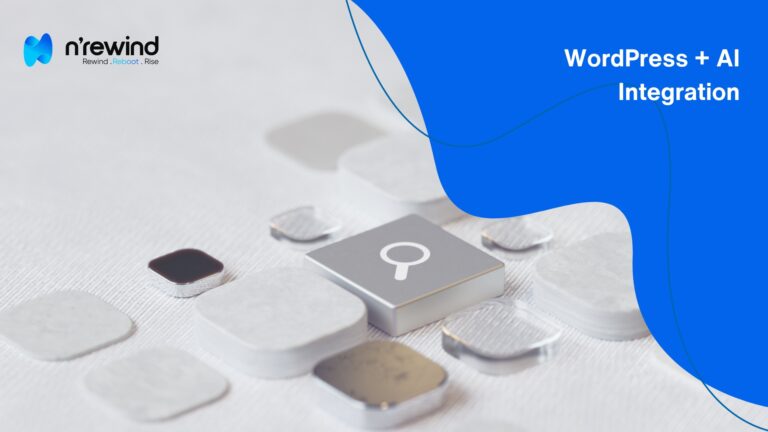Creating a seamless user experience across all devices is crucial in modern web design. Two popular approaches to achieve this are Responsive and Adaptive Design. Both serve the same goal – enhancing usability – but they differ significantly in execution, flexibility, and performance.
In this article, we’ll explore the core differences between responsive and adaptive design, their pros and cons, and when to use which.
What Is Responsive Design?
Responsive design uses flexible grids and fluid layouts that automatically adjust to any screen size. It’s a “one-size-fits-all” solution where the same design dynamically resizes itself.
✅ Pros:
- Single codebase for all devices
- Easier to maintain
- Google-recommended for SEO
- Seamless experience across devices
❌ Cons:
- May be slower to load on mobile
- Can result in unused elements loading
- Requires careful testing across breakpoints
✅ Best suited for: General websites, blogs, portfolios, or WordPress development where content needs to adjust flexibly across many screen sizes.
What Is Adaptive Design?
Adaptive design uses multiple fixed layout sizes that are tailored for specific screen widths (e.g., mobile, tablet, desktop). The site detects the device and serves a pre-set layout accordingly.
✅ Pros:
- Highly optimized for each device
- Faster loading on specific screens
- Greater control over UX per platform
❌ Cons:
- More complex to build and maintain
- Not as flexible across new screen sizes
- Requires multiple versions of designs
✅ Best suited for: E-commerce sites, apps, or platforms that need pixel-perfect control for user engagement.
Key Differences at a Glance
| Feature | Responsive Design | Adaptive Design |
|---|---|---|
| Layout | Fluid and flexible | Fixed and device-specific |
| Codebase | One codebase | Multiple layout versions |
| Load Speed | May load extra elements | Optimized for devices |
| Maintenance | Easier | More complex |
| UX Control | Generalized | Highly customized |
Best Practices (from NRewind’s Design Experts)
- Prioritize Mobile-First: Whether responsive or adaptive, design with mobile in mind first.
- Test Extensively: Use real devices and tools like BrowserStack or Chrome DevTools.
- Keep Performance in Mind: Minimize heavy scripts, compress images, and use lazy loading.
- Focus on UX: Create intuitive navigation and clear CTAs across layouts.
- Collaborate Early: Designers and developers should work closely from wireframe to deployment.
Want to implement these? Explore UI/UX Design Services from NRewind.
Let’s Build Better Experiences
Need help deciding between responsive and adaptive for your business? Talk to our design strategists. Visit our Contact Page or call 09009000549.
Interested in working with us? Browse roles on our Careers Page.
Final Thought
Choosing between responsive and adaptive design depends on your goals, audience, and platform complexity. A custom design strategy aligned with your user needs will always deliver the best experience – and that’s exactly what NRewind delivers.
"Responsive design is flexible and efficient for most sites, while adaptive design offers tailored control for specific devices. Understanding both helps you make smarter design decisions - and NRewind helps you implement them right."




